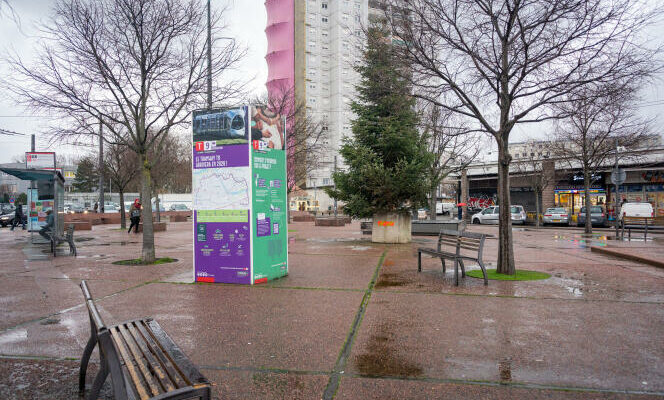Lhe “little line” went almost unnoticed, drowned in the middle of a thirty-five page document. It was on October 27, 2023, during the interministerial committee for cities, responsible for defining the main orientations in terms of city policy and chaired by the then Prime Minister, Elisabeth Borne. “Long-term implementation of urban renovation through a mission aimed at diagnosing needs and defining new methods of action”, it is written on the sixteenth page. The wording says both a lot about the future of urban renewal – the desire to make it long-term – and very little – nothing about the conditions for this sustainability. And nothing, therefore, on the future of the National Agency for Urban Renewal (ANRU) which has been leading these operations for twenty years.
Launched in 2003 by Jacques Chirac’s Minister Delegate for the City, Jean-Louis Borloo, and ratified a few months later by decree, in February 2004, with the creation of the ANRU, “the national urban renewal program aims to restructure, with the objective of social diversity and sustainable development, neighborhoods classified as sensitive urban areas”, now renamed “priority districts of city policy”. This is how the objectives are formulated in the law of 1er August 2003.
Vow of permanence
At its creation, the initiative is limited in time. It is spread over sixteen years and concerns 600 neighborhoods for an investment of 12 billion euros. Faced with the scale of the project, a second program – New National Urban Renewal Program – was implemented in 2014, for an identical investment. It must run until 2030. But, while the 450 districts concerned by this component have completed their file, many others are still waiting their turn. However, for the moment, there is no Act III.
This is the whole challenge of the mission which falls to the general director of the ANRU, Anne-Claire Mialot, to the mayor of Villeurbanne (Rhône), Cédric Van Styvendael (Socialist Party), and to the president of the “Habitat” section. , planning and social cohesion” of the general inspection of the environment and sustainable development, Jean-Martin Delorme. “There are two subjects: the future of the ANRU and the future of urban renewalsummarizes Olivier Klein (various left), mayor of Clichy-sous-Bois (Seine-Saint-Denis) and former minister of cities and housing who wrote the mission letter. Should we continue on the same model? Should we invent something else? Personally, I am not in favor of an ANRU 3, I am in favor of what I call “the ANRU that lasts”. We must give ourselves the means to be permanent. » The needs are there. Demand too. The objective of this “ANRU that lasts” ? Continue the action while “avoiding downtime”underlines the elected official, as was the case for several years between the two programs.
You have 45% of this article left to read. The rest is reserved for subscribers.
